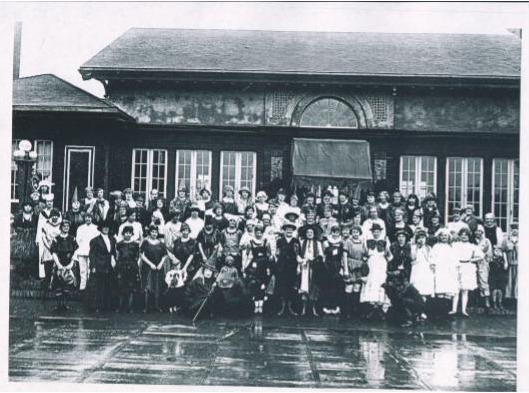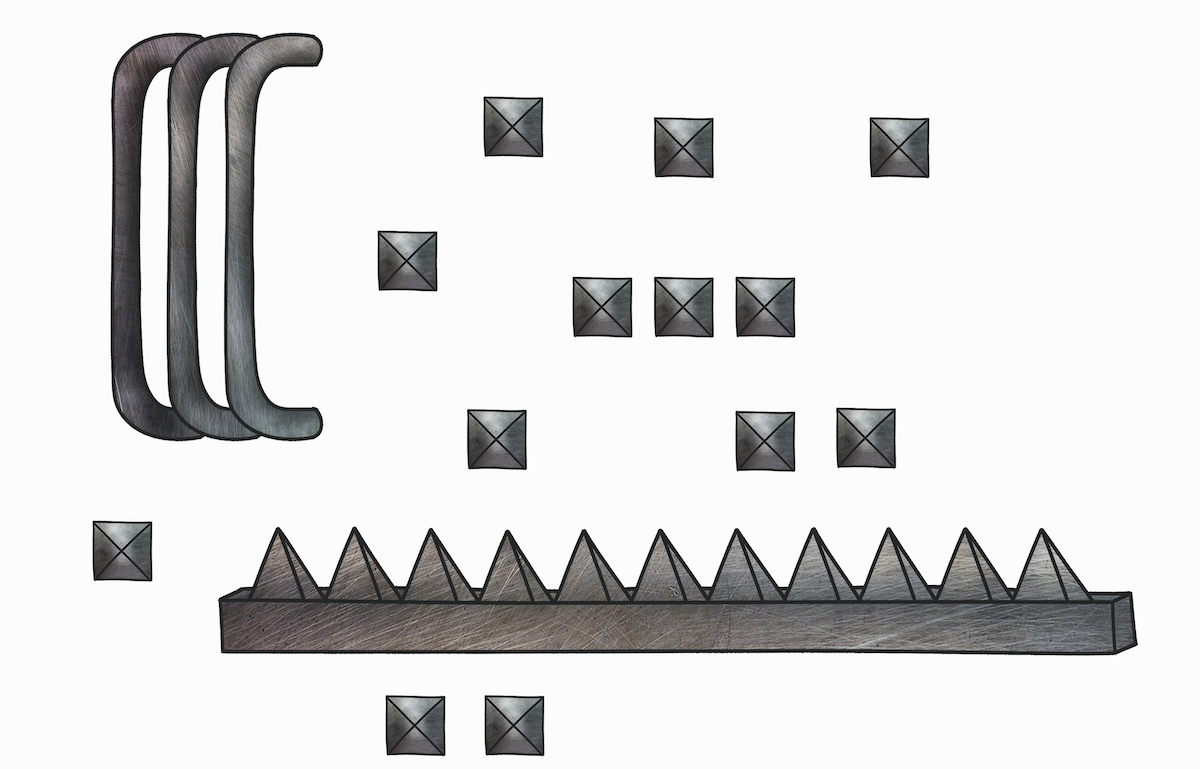If you’ve ever eaten at Pine Street Market, you’re dining near one of the most deadly tragedies in recent Portland history, and you would probably never know. Portland and the survivors of a shooting outside The Zone, a defunct all-ages nightclub, are trying to move on from that winter night almost ten years ago.
In 2009, Erik Salvador Ayala perpetuated what was, for a three-year period, the deadliest in Portland or Oregon’s modern history. The shooting would later be eclipsed by the Clackamas Town Center Shooting of 2012, the Reynolds High School Shooting of 2014 and the Umpqua Community College Shooting of 2015. Previously, a 1998 Springfield school shooting held this record, after two students died and 25 people were injured.
News reports at the time highlighted local shock at the random brutality of a crime now too commonplace across the nation. But The Zone’s survivors’ private lives quietly unfolding over the past decade, along with Pine Street Market now sharing The Zone’s address and a million-dollar lawsuit related to the death of Peruvian national Martha Paz de Noboa Delgado, are the only reminders the public has of the terrible, still-motiveless tragedy. One might ask: should there be any more permanent reminder of that senseless violence?
It’s hard to say how to most appropriately remember the tragedy, when it is offensively near-obvious that the United States has learned nothing about how to prevent mass shootings, and Portland still struggles with other issues that seem related to the shooting, like affordable access to mental healthcare, housing and human services.
Old Town-Chinatown was just last month the site of a drive-by shooting that left one man dead. Pine Street Market’s neighborhood still struggles with aggressive people often associated with substance abuse, mental health crises and houselessness, as cited among the reasons for the recent closure of Old Town’s neighboring Thirsty Lion.
The city and the neighborhood still struggle with how to help Portland’s most in-need populations concentrated in the area. The Washington Post ran an amazing in-depth profile on Umpqua survivor Cheyeanne Fitzgerald’s healing process, which also paralleled how America is quick to move on while long-term, nonlinear healing and difficult conversations happen outside the camera glare.
Pulse Nightclub in Orlando ceased operation in June 2016 after what was until earlier this month the deadliest mass shooting in modern American history (to say nothing of the genocidal killings perpetrated by American citizens during the 19th and early 20th centuries).
That building will be turned into a memorial or museum. Sandy Hook Elementary School, Virginia Tech and Columbine High School underwent extensive renovations and partial demolition following their massacres, all with different memorials to their victims. The cineplex in Aurora, Colo., reopened as a movie theater after renovations.
Numerous businesses before Pine Street Market tried to operate in the space The Zone once occupied, but none could stay open. No marker exists on the site, but attendees of the Underground Portland Walking Tour will learn about The Zone shooting while also learning the dark history of the Shanghai Tunnels, Nina the Merchant Hotel ghost and how the Ku Klux Klan once took over the Portland Police headquarters.
For survivors of The Zone and their families, their longterm physical and mental health should still be our priorities, while their privacy and right to move on from the tragedy should also be respected.
Their real pain should not be tactlessly coopted, nor should anyone’s for that matter. If their pain and survival is to be remembered, it should also be remembered that the survivors raised funds for the fallen and for each other at The Zone shortly after the shooting.
UPDATE: Here’s our original coverage of The Zone Shooting from 2009.






